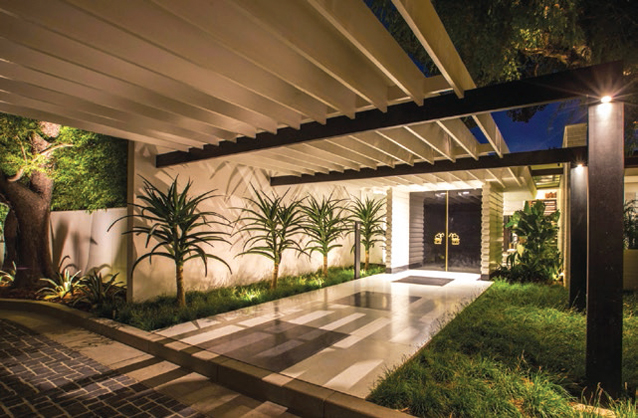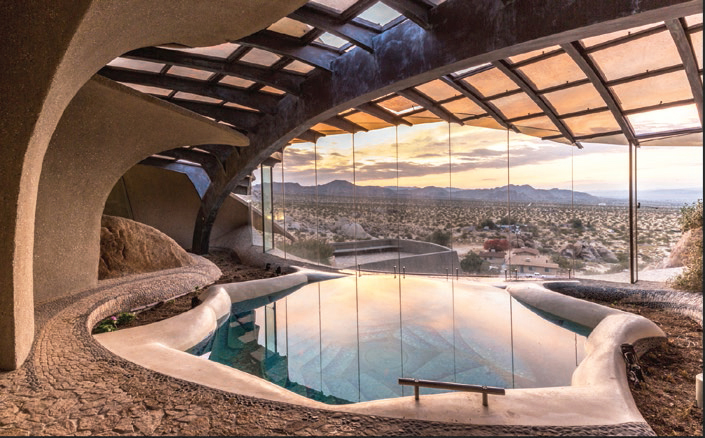Telling Tales - Page 3
 |
"I want the architecture to come through, so I don't want my point of view to overwhelm the architectural work," Bradley says. "But I want my experience of being in the place to come across, not just a photo of the structure. I am not trying to photograph the building, but my experience of being in the building."
Fletcher says a good photographer does develop an identifiable style—but should do so carefully. "Your personality has to come through. It's inevitable," he says. "I try not to impose my personality on the work. It's the moment, more than the work, that I am presenting. I'm presenting somebody else's work. I would like the photograph to be humble, in that way."
"My point of view keeps the building grounded," Bradley says of his style. "I don't take images that make it look abstract, as though the building is floating in space, or like an abstract composition. I never do that."
Neither Fletcher nor Daniels bring lights with them, and Bradley uses them rarely, believing that artificial light provides a false image of the building.
"Bringing in additional lighting can alter the design intent and experience of being in that space," Bradley says.
 |
|
|
 |
|
|
"The joy of photography is, it can feel very honest, very true. Adding light you can give it an artificiality that doesn't feel natural, that doesn't feel right," Fletcher says.
"It's about catching the right moment," he says. "You're paying attention to what the sun is doing."
"It's a matter of letting the sun dictate the course of the day. And hopefully you'll just be present for the magic. You have to be ready and willing to catch it. Something has just happened, and I spotted it. The light comes in and rakes a wall and the house comes alive in a special way," he says.
Daniels compares her way of photographing a house to an exploration. At a shoot at a Kendrick Kellogg house, she recalls, "They let me explore myself. I remember finding each space."
"I was going through each area very slowly and trying to feel the shapes of the house and how it fit together. It's a puzzle, with different pieces coming all together."
 |
|
|
"I take my time, look at things and try to absorb them," she says. "It's a slow process. It's like you're trying to figure it out. I hope that I can hear the architecture talking to me when I'm shooting."
And how does a photographer tell an old story? How do you get new photos of a place that has been photographed and photographed with masterful images we all know? No problem, says Fletcher, who shot Richard Neutra's famed Kaufmann House in Palm Springs for a book on ranch houses.
"I had consciously looked at all the [famous] pictures, and then didn't look at them for a month before photographing the house," he says. "It's amazing how you can give everyone on the planet a camera, and ask them to photograph the same building, and you never get the same picture."
Bradley summarizes the limits of what an architectural photographer can accomplish. "It's a challenge capturing what you experience with all your senses, in a two-dimensional photo," he says. "I don't think any photographer has ever told the complete story of a house."
Photography: courtesy Darren Bradley Photography, Joe Fletcher Photography, Elizabeth Daniels Photography
STORY RESOURCES
Darren Bradley
Darrenbradleyphotography.com
Joe Fletcher
Joefletcher.com
Elizabeth Daniels
Elizabethdanielsphotography.com
- « first
- ‹ previous
- 1
- 2
- 3




